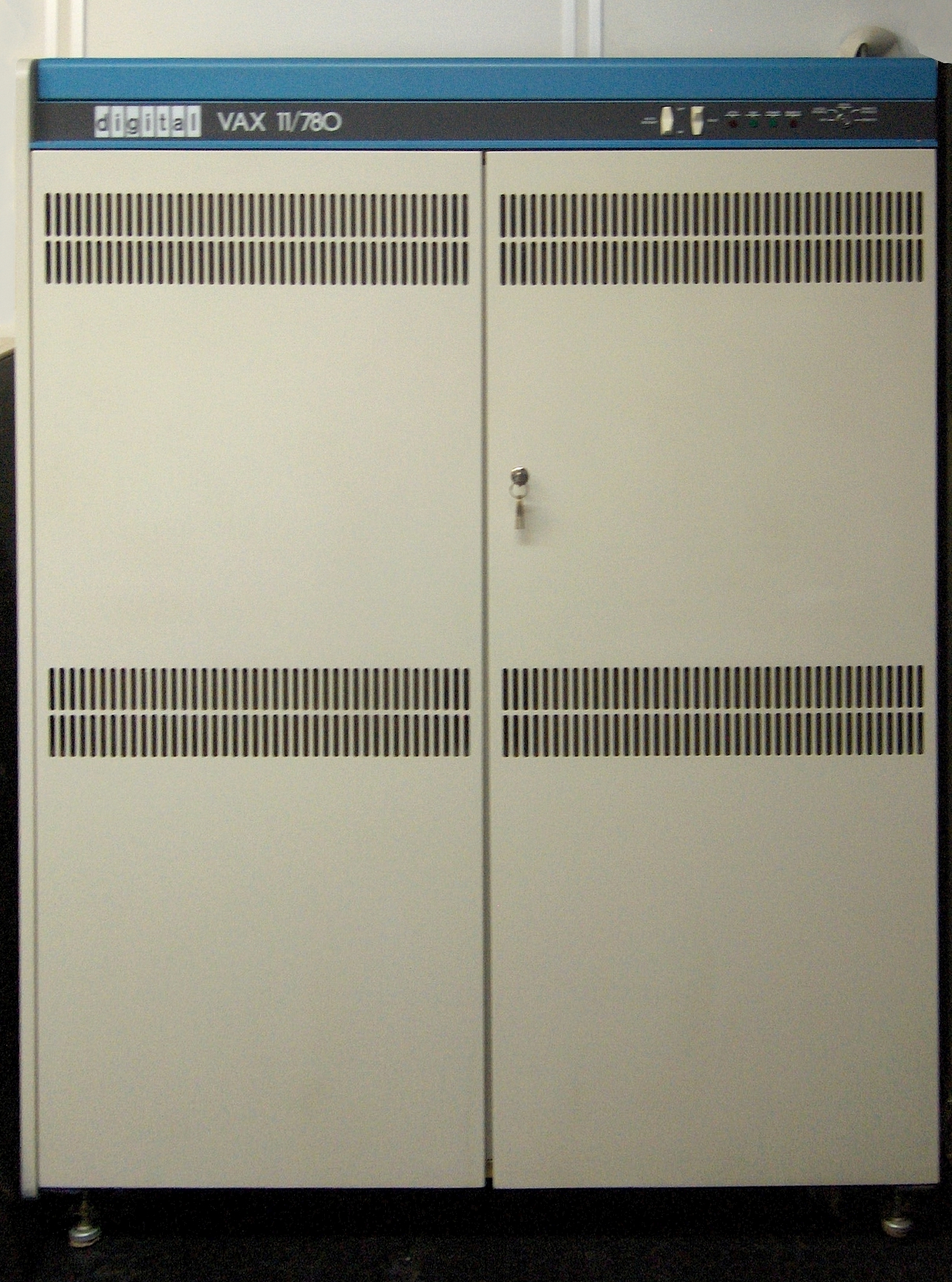|
4.3BSD
The History of the Berkeley Software Distribution begins in the 1970s. 1BSD (PDP-11) The earliest distributions of Unix from Bell Labs in the 1970s included the source code to the operating system, allowing researchers at universities to modify and extend Unix. The operating system arrived at Berkeley in 1974, at the request of computer science professor Bob Fabry who had been on the program committee for the Symposium on Operating Systems Principles where Unix was first presented. A PDP-11/45 was bought to run the system, but for budgetary reasons, this machine was shared with the mathematics and statistics groups at Berkeley, who used RSTS, so that Unix only ran on the machine eight hours per day (sometimes during the day, sometimes during the night). A larger PDP-11/70 was installed at Berkeley the following year, using money from the Ingres database project. Also in 1975, Ken Thompson took a sabbatical from Bell Labs and came to Berkeley as a visiting professor. He helped ... [...More Info...] [...Related Items...] OR: [Wikipedia] [Google] [Baidu] |
Berkeley Software Distribution
The Berkeley Software Distribution or Berkeley Standard Distribution (BSD) is a discontinued operating system based on Research Unix, developed and distributed by the Computer Systems Research Group (CSRG) at the University of California, Berkeley. The term "BSD" commonly refers to its open-source descendants, including FreeBSD, OpenBSD, NetBSD, and DragonFly BSD. BSD was initially called Berkeley Unix because it was based on the source code of the original Unix developed at Bell Labs. In the 1980s, BSD was widely adopted by workstation vendors in the form of proprietary Unix variants such as DEC Ultrix and Sun Microsystems SunOS due to its permissive licensing and familiarity to many technology company founders and engineers. Although these proprietary BSD derivatives were largely superseded in the 1990s by UNIX SVR4 and OSF/1, later releases provided the basis for several open-source operating systems including FreeBSD, OpenBSD, NetBSD, DragonFly BSD, Darwin, and Tr ... [...More Info...] [...Related Items...] OR: [Wikipedia] [Google] [Baidu] |
Research Unix
The term "Research Unix" refers to early versions of the Unix operating system for DEC PDP-7, PDP-11, VAX and Interdata 7/32 and 8/32 computers, developed in the Bell Labs Computing Sciences Research Center (CSRC). History The term ''Research Unix'' first appeared in the Bell System Technical Journal (Vol. 57, No. 6, Pt. 2 Jul/Aug 1978) to distinguish it from other versions internal to Bell Labs (such as PWB/UNIX and MERT) whose code-base had diverged from the primary CSRC version. However, that term was little-used until Version 8 Unix, but has been retroactively applied to earlier versions as well. Prior to V8, the operating system was most commonly called simply UNIX (in caps) or the UNIX Time-Sharing System. AT&T licensed Version 5 to educational institutions, and Version 6 also to commercial sites. Schools paid $200 and others $20,000, discouraging most commercial use, but Version 6 was the most widely used version into the 1980s. Research Unix versions are often re ... [...More Info...] [...Related Items...] OR: [Wikipedia] [Google] [Baidu] |
VAX 11-780 Intero
VAX (an acronym for Virtual Address eXtension) is a series of computers featuring a 32-bit instruction set architecture (ISA) and virtual memory that was developed and sold by Digital Equipment Corporation (DEC) in the late 20th century. The VAX-11/780, introduced October 25, 1977, was the first of a range of popular and influential computers implementing the VAX ISA. The VAX family was a huge success for DEC – over 100 models were introduced over the lifetime of the design, with the last members arriving in the early 1990s. The VAX was succeeded by the DEC Alpha, which included several features from VAX machines to make porting from the VAX easier. VAX was designed as a successor to the 16-bit PDP-11, one of the most successful minicomputers in history with approximately 600,000 examples sold. The system was designed to offer backward compatibility with the PDP-11 while extending the memory to a full 32-bit implementation and adding demand paged virtual memory. The name VAX ... [...More Info...] [...Related Items...] OR: [Wikipedia] [Google] [Baidu] |


